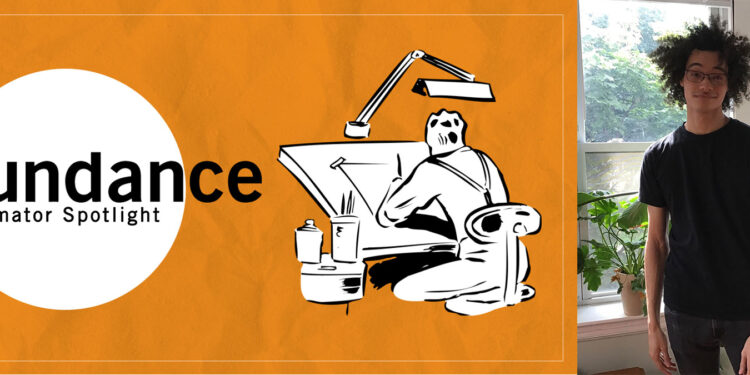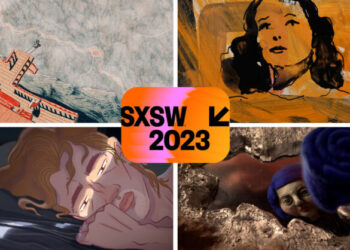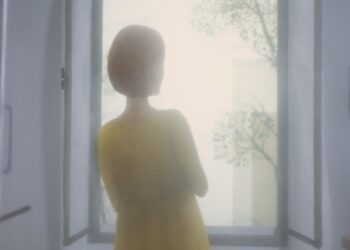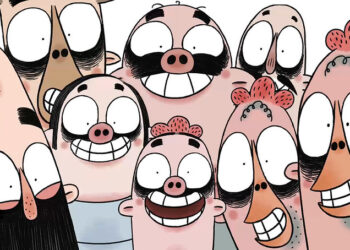Today, we are finishing up our series honoring the animators at the Sundance Film Festival. We hope you have enjoyed the series, and we are delighted to end with an interview with Nick Flaherty, director of the new short Trepenation.
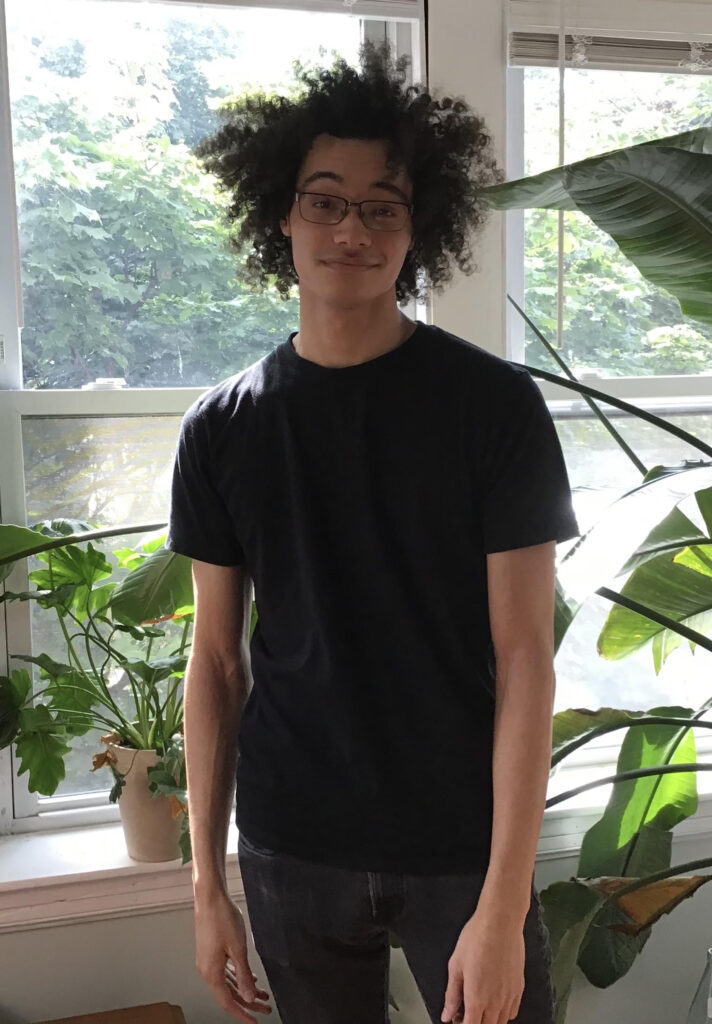
How did you get started in animation?
I started experimenting with 3D modeling in 2014 during my second year of art school. I was originally a painting and drawing person, and I found 3D very intimidating. I thought that I wouldn’t be smart enough to figure it out, but it really clicked with me once I tried it. It felt like the medium I had always needed in order to actually make my ideas into something people could see.
Have you always loved animation?
Yes! Some of my earliest childhood memories are of watching shows like Beast Wars, Gundam Wing, and Dragon Ball Z with my older brother when I was around 3 or 4. And seeing Spirited Away for the first time a little later totally blew my mind. It was unlike anything I had ever experienced, and it showed me how deep and meaningful animated films can be.
Congrats on getting into Sundance. How excited were you when you found out you made it into the festival?
Thank you! To be honest, I suspected it was a prank. I was definitely very happy and excited, but I was also preparing myself for it to turn out being some kind of joke because it just felt a little too good to be true. It really hit me later on when I watched all the other films in the animation spotlight program. I was astonished by how good all the other animations were, and I’m so honored to be included in the same program as them.
In Trepanation, a lady finds a hole in her living room. What did this mean?
The hole is like a breach in the walls that we build inside our own minds to separate what we want to deal with and what we don’t. You can suppress certain aspects of yourself, but it’ll always make its way out from under the surface. The hole opening up in the floor represents the beginning of that process.
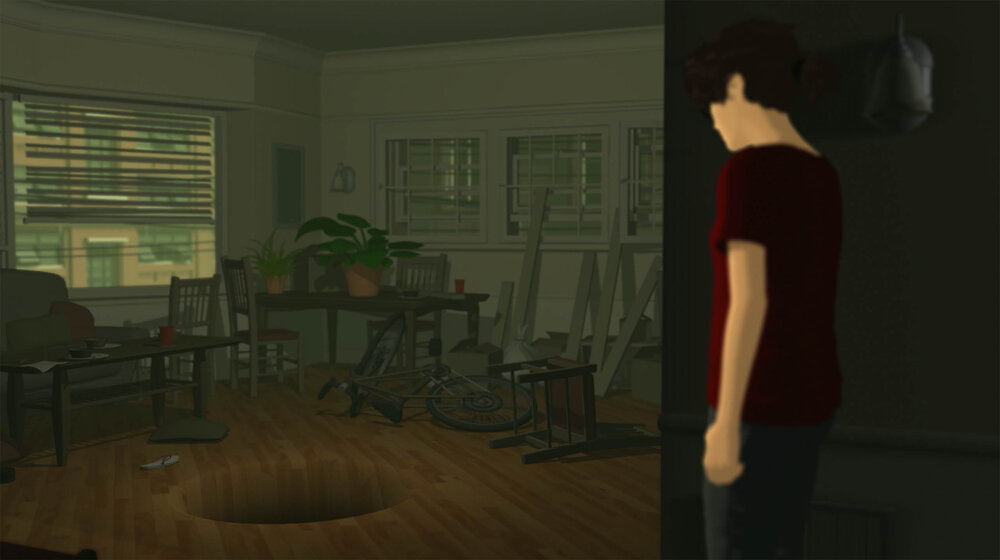
How did you come up with this idea?
The concept was inspired by an elaborate series of delusional episodes I experienced while trying to finish undergrad. Looking back on it all, I wondered how a person’s perception of reality could be so heavily warped by stress, mental illness, and self loathing. I wanted to make an animation that illustrates that experience in a very subjective and vulnerable way.
There is a creature that comes out of the hole. How did you come up with his design, and how did you do the sound design?
For me, the creature represents the protagonist’s distorted self image. What this distorted self image really needs is care, acceptance, and time to heal. But instead, the protagonist responds to it with judgement, hostility, and physical violence.
In terms of its design, I wanted to push the visual symbol of the hole to its logical extreme while also exploring what happens when a person’s flaws are made to define their entire identity. The creature is characterized only by its wounded skin and cries of pain.
The sound design prioritized making the monster unsettling and alien while also being pathetic and pitiful. It’s scary but no real threat to you.
Is the ending in your mind hopeful or sad?
The ending is definitely sad. I was almost going to use a more positive ending in which the person takes care of the creature and treats its wounds. But that ending would have added a lot to the production time, and I had already taken way too long to get this project going. I also feel like the sad ending hits a lot harder and makes more of an emotional impact.
How did you create the animation?
Pretty much all of it was built in a program called Autodesk Maya. I watched a bunch of youtube tutorials about how to build and animate a 3D character with an expressive moving face. I had never done facial animation before, so a lot of time was spent getting the character to look and behave like a human being without feeling like a creepy puppet monster. I had to make a LOT of creepy puppet monsters before my character started to look kind of okay.
I also took a lot of breaks throughout the making of the film. I’d work on it for a few months, then step away to focus on a freelance job or an internship. There were also multiple scenes I made that were cut completely because the story changed, and it didn’t fit anymore. Before I knew it, I had spent two years on a seven minute film. Yikes!
Do you have any advice for animators hoping to get their shorts into Sundance?
This is a very hard one because I honestly feel like I got really lucky, and don’t know how it happened. But the best thing I can say is just to be very patient with your own work. Give it the time it needs to be the best it can be. I think our product-oriented society can heavily glorify getting lots of stuff done super quickly, but I think art needs its own space to breathe and figure out what it’s trying to say. Don’t rush it. Start over if you need to. Take your time.
I also think that controlling the scale of your projects is EXTREMELY important. Great stories can be ruined by trying to do too many things at once. Don’t focus on trying to be like the big budget films you see in the theatres. Just understand exactly what your project is doing, and reduce that down to the most manageable size it can get to without losing its purpose. It can really hurt to take your big ambitious concept and cut parts of it out, but I think it’s worth it. The smaller your project is, the more love and care you can put into each little piece of it.
We’d like to thank Nick and all the animators for taking the time to talk with us. You can find out more about Nick and his work on his website here.
Edited by: Kelly Conley


